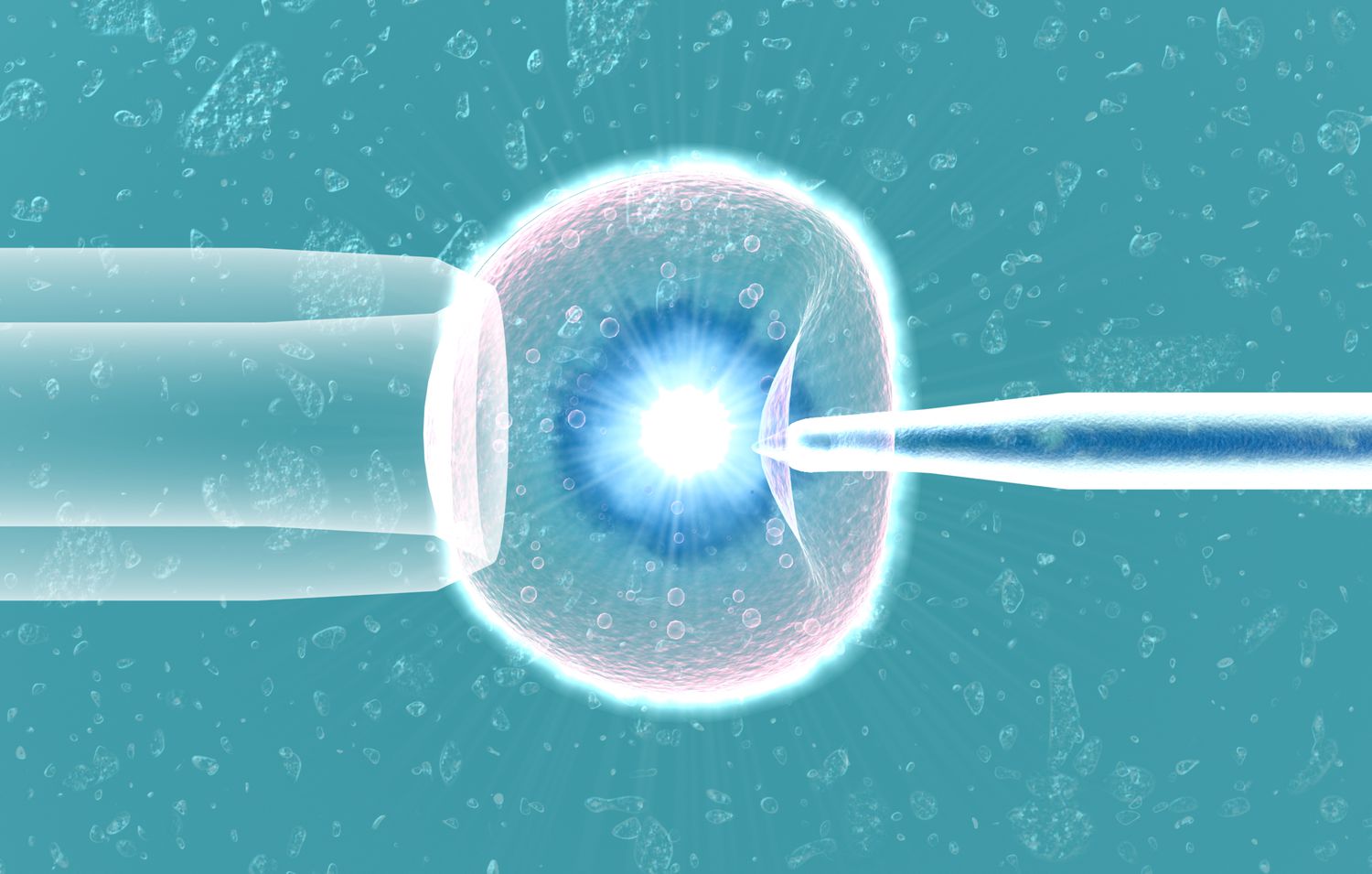
Assisted Hatching
Assisted hatching is a specialized technique utilized in assisted reproductive technology (ART) procedures, particularly in vitro fertilization (IVF). In IVF, assisted hatching involves the careful manipulation of the embryo’s outer shell, known as the zona pellucida, to facilitate its implantation into the uterine lining.
During the natural process of conception, an embryo hatches out of its zona pellucida before implanting into the uterus. However, in certain cases, the zona pellucida might be too thick or rigid, hindering the embryo’s ability to hatch. This situation can occur due to various factors, such as advanced maternal age, previous failed IVF cycles, or certain characteristics of the embryos themselves.
Assisted hatching is performed in a laboratory setting by highly trained embryologists. Using specialized micromanipulation tools, a small opening or thinning is created in the zona pellucida of the embryo. This delicate procedure aims to mimic the natural hatching process, making it easier for the embryo to break free from its protective shell and successfully implant in the uterus.
Assisted hatching is often recommended for couples who have experienced repeated IVF failures or for those with embryos exhibiting thick or abnormal zona pellucida. However, it’s important to note that not all IVF patients require assisted hatching, and its application depends on individual circumstances and the recommendations of fertility specialists.
Overall, assisted hatching can potentially improve the chances of successful embryo implantation and pregnancy for certain individuals undergoing IVF treatment. However, like any medical procedure, it carries its own set of risks and considerations, which should be thoroughly discussed with fertility specialists before proceeding.

